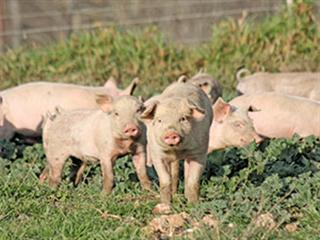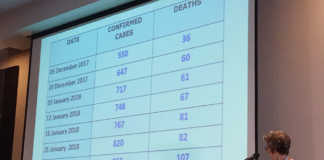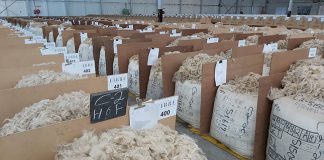
As a result, SA is expected to remain a large importer of meat products for the next decade.
Chicken
According to the BFAP report, over the next decade the growth in consumption of chicken meat would outpace the growth for all other types of meat, mainly due to its competitive price relative to other proteins.“With an increase of 47%, compared to 84% over the period of 2002 to 2012, over the next decade, the total consumption of chicken meat is projected to reach almost 2,56 million tons by 2022,” the report stated (see graph).

SA was expected to remain a net importer of chicken meat, since annual average production growth of 1,6% would be outpaced by the 3,7% annual growth in consumption.Further fuelling large-scale chicken imports was the inability of local producers to compete with global players, as the import parity price of imported whole birds was likely to continue trading below the domestic price for whole frozen chicken.
Pork
The report showed that local pork producers faced similar pressures, with feed costs increasing 60%, while the producer price for pork increased by only 29% from 2010 to 2012. As a result, local production managed to increase by only 4 500t, compared with consumption, which increased by 7 850t over this period, with imports providing the balance of 3 350t.
According to the report, pork consumption was set to grow by 41% until 2022, compared with 62% over the period from 2002 to 2012. SA was likely to remain a net importer of pork over the outlook period, but due to strong demand, growth in local production was expected to be 38%, marginally outpacing forecasted consumption growth of 33%. Pork consumption is projected to reach 300 000t by 2022, with 35 000t being imported.
Red meat
Demand for beef as well as mutton and lamb is also set to increase, but at a much slower rate than chicken and pork. The report indicated beef consumption would grow by 27% to about 850 000t and the demand for mutton and lamb by 16% to about 150 000t over the next decade.
The producer price for beef was projected to increase significantly in 2014 to R33/kg, up from R28/kg in 2013, and to continue on an upward trajectory of about 6% increase per year to reach R47/kg in 2022. However, with an expected inflation rate of 5%, the producer price would only increase marginally in real terms.
The lamb price was expected to increase at an annual rate of 4,8% over the baseline period in nominal terms. “This is less than the expected inflation rate of 5%, leading to relatively constant producer prices in real terms and only small increases in production over the outlook period,” said the report.
Dairy
Despite the volatility in raw milk prices, growth in demand for dairy products had allowed the industry to expand steadily, said the report. Over the past decade, the dairy industry expanded by 32%, with total consumption increasing from 2,12 million tons in 2002 to 2,8 million tons in 2012. The industry would continue to expand to match consumption growth, estimated at 20%, and reaching 3,5 million tons by 2022.
Over the baseline period, fresh milk consumption was set to increase by 2,1%/ year, whole milk powder by 3,1%, skim milk powder by 7,4%, cheese by 7,6% and butter by less than 1%. Although nominal prices for dairy products were expected to increase over the period, only cheese and skimmed milk powder prices would increase at a rate significantly greater than inflation.











